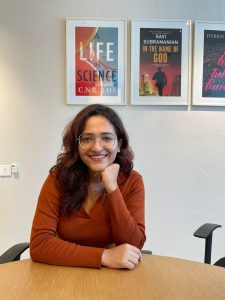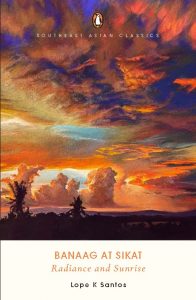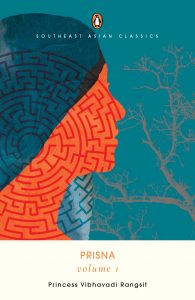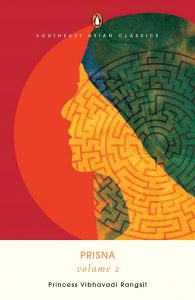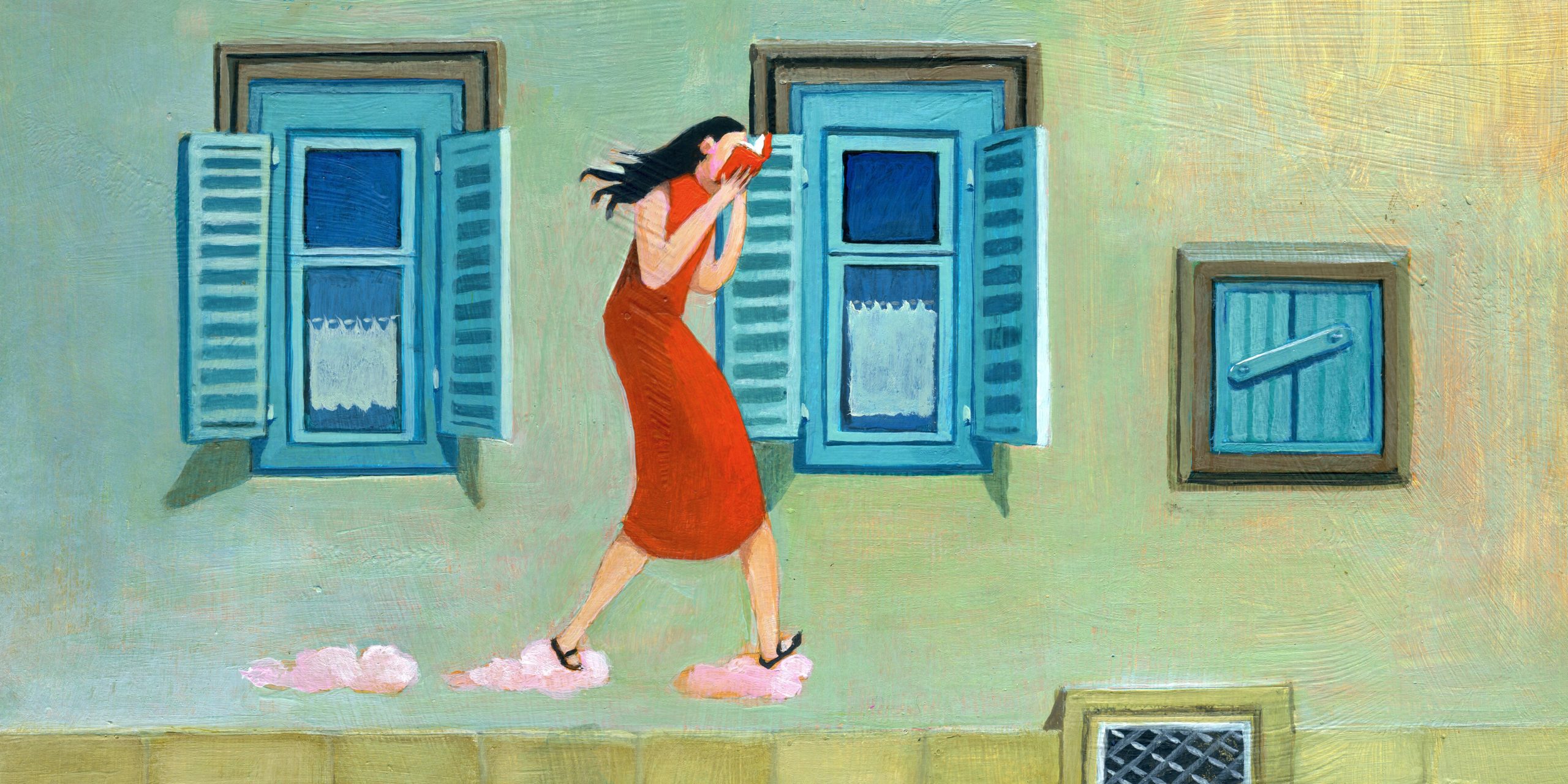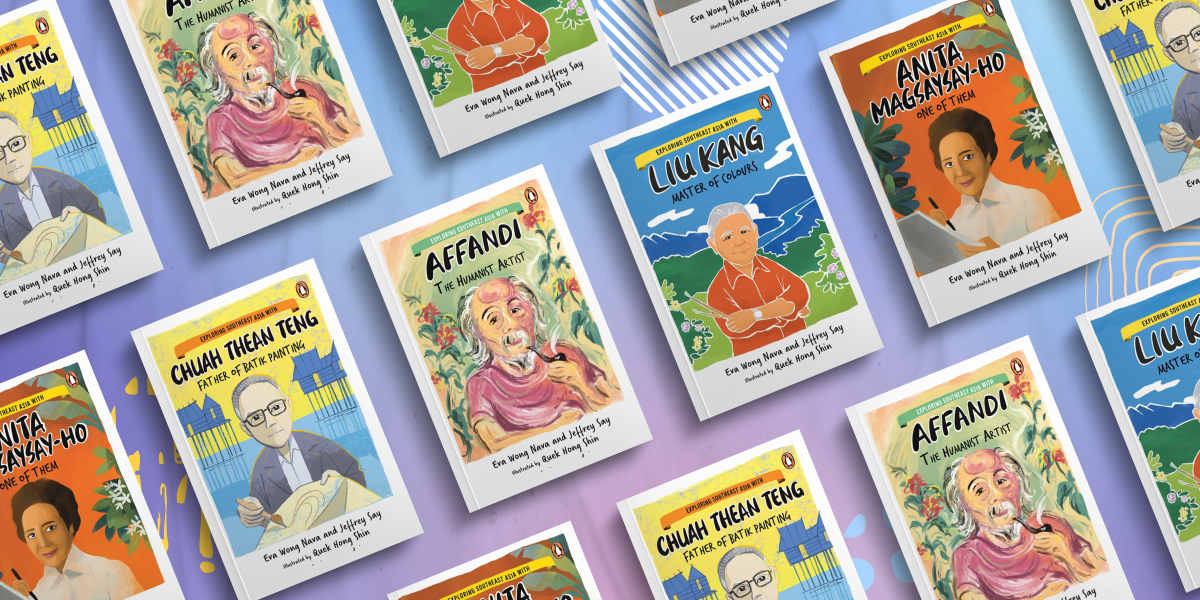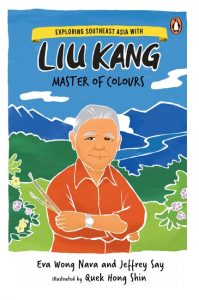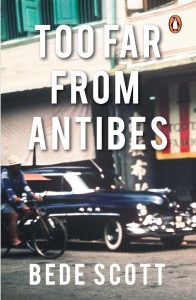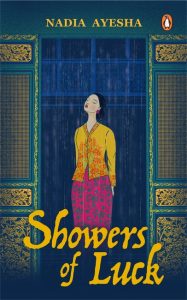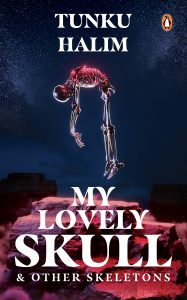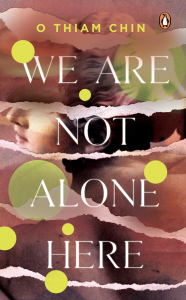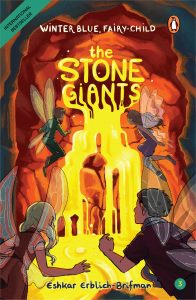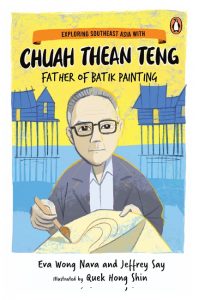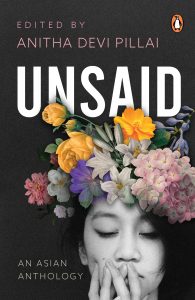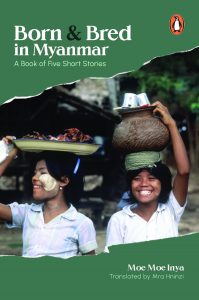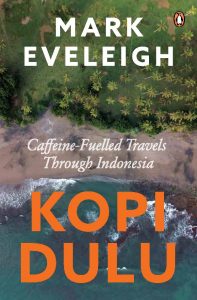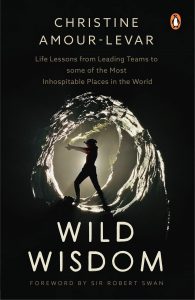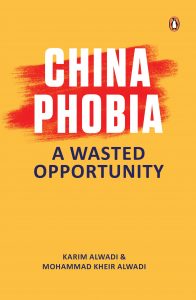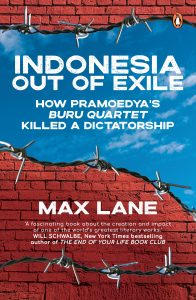In our tower, whichever floor that is, somebody is plastering the wall.
I can feel it. It is like how I am aware of the black rain that seeps through the ceiling. The droplets fall into the potted plant that I have been raising. New green leaves are sprouting from the small ornamental plant whose name I do not know. Each branch pokes through the ribs buried in the earth, resembling the bronchi that spread within the lungs and around the heart. I look up at the rows of clay pots above—they are also full of flowers. Among the colourful blooms, I am only familiar with the little hogweeds, a species that seems to grow anywhere and everywhere. Their name, which anyone can recall, really suits their pig-headedness. If I were the me that I used to be, I would have been able to name more than a thousand types of plants. Someone used to tell me while stroking my hair, ‘Sweet child. You have a green thumb. You can grow anything . . .’ I don’t exactly agree with the title of ‘sweet child’, since that is not me at all. The latter part is true, though. I really do have a green thumb. That is why everywhere I go, the plants are all very happy.
Where I live right now is the dressing room of the theatre on the eleventh floor of a high-rise tower. This tower was abandoned even before it was completed. It has become our domain. I am in-charge of keeping the eleventh floor clean and tidy, which is why I sometimes have to bring myself to run up and down and keep my relationships with the others going. The Gamblers on the floors above like me. Aunties and uncles seem especially delighted when they see me at the window where they fall past every evening. A group of lost children on the floors below keep following me around. I do not like kids. You can even say that I hate them. Even though my age is not that of an adult and I have lived through almost the same number of years as them, I do not consider myself one of them. It is even more annoying when they stop before the theatre doors and keep pestering me to allow them inside. Once they get in, they refuse to let go of my limbs. One time, they even pulled off the ribbon that Vikal had tied for me. It flew down into the bushes beside the building, and there was no way for me to retrieve it.
‘Twinkle, twinkle, Little Star . . .’
Holding each other’s hands, they form a circle and start to sing. ‘How I wonder what you are . . .’
‘Shut up!’ I yell. They smirk, elbowing each other in the hips. Perfect timing, as always. They all show up not long after the sun sets, their irritating giggles and laughter echoing all over the tower’s nooks and crannies. Crossing my legs on the shiny padded chair, I ask them the same old question.
‘What do you guys want?’
‘Twinkle, twinkle, Little Star . . . Parva Stella, tell us a story.’ ‘Why do I have to tell a story to brats like you?’
‘Because the new girl won’t stop crying.’
The group parts down the middle, revealing an unfamiliar little girl who’s sobbing and rubbing her eyes. I look at the group of eight useless noisy children, boys and girls aged between five to ten years. They remind me of the Lost Ones from Peter Pan. The two eldest boys had appointed themselves as leaders and have been fighting for the role of Peter Pan. Since there can only be one Peter Pan, I think they look more like Ralph and Jack from Lord of the Flies, who never see eye to eye. The most annoying thing is how these imps keep multiplying and now it is only getting worse.
‘Are you the newcomer?’
I crouch down beside her and try to ask her name. She keeps shaking her head like people do when they are confused. The girl looks to be about seven years old and is wearing an expensive- looking dress—that has already become dirty—with a cartoon princess on it. Her face is covered with tears. The girl has been crying so much that her skin is starting to bruise.
‘All right, stop crying. Which story would you like to hear?’ ‘Bean Princess,’ a girl says and is immediately booed by the group’s leader.
When I make a disapproving sound, he interrupts with, ‘I want the King with the Donkey’s Ears.’
‘I’ve told you that donkey king story a million times.’
‘But I want it!’ the boy screeches. The rest of them start to disagree.
‘I’m tired of the donkey king. I want Baba Yaga.’
‘No. The one about the dancing corpse in the woods is way better,’ a short kid declares.
‘No way. It’s too scary,’ a kid with glasses says. He glances at the newcomer’s dress and mutters, ‘Hey kid, is that the Little Mermaid?’
The newcomer stops crying and nods quickly. We are all relieved. At least now we know that she has something of a favourite. The act of consolation won’t be as difficult anymore.
‘Then, Stella, tell us the story of the Little Mermaid,’ they conclude.
‘Hmph. All right.’ I drop myself onto the quilted armchair and rest my chin on one hand, posing as the female protagonist among all the extras. ‘Have any of you been to the sea?’
Amid the group of kids on the theatre’s floor, some raise their hands, saying that they have, and some merely say no. Most of the time, their answers are ‘no’ or ‘can’t remember’. They are too young to remember the world in their own way, yet they know stories from every corner of it.
‘What does the sea look like, Stella?’ a tall boy asks with a curious tilt of his head.
‘There’s a lot of water there,’ a boy with freckles cuts in. ‘Stella’s told us before.’
‘How much?’
‘A lot, a lot,’ the same boy says, spreading his arms wide. ‘Shut up. I’m asking Stella, not you.’
I look at the newcomer and ask, ‘Do you know that at the edge of the land, there is a vast body of water?’
The girl and the Lost Ones run around, all saying that they do not know.
‘The water body at the edge of the land is called the sea. Humans have only explored one-twentieth of it. There’re still so many oceans that they haven’t been to. Like the Milk Sea, the Blood Sea, the Perpetual Still Water, the Bone Sea—’
‘What’s the Bone Sea?’
‘It’s the graveyard of the sea people. Their last resting place when their lifespan is over.’
‘Have you ever been to the sea graveyard, Stella?’ ‘No.’
‘Why not?’
‘If you keep asking about something unrelated, I won’t tell the story anymore.’ I tip my chin up. ‘The reason why I haven’t been there is the same as why you lot don’t get to be in heaven. Because you’re brats.’
‘Then you’re just like us,’ the leader of the group talks back. ‘You’re a brat too.’
‘Just stop,’ Leader Number Two says. ‘We’re getting nowhere with the Little Mermaid because of you.’
I pretend not to care about them, turning back to the newcomer and continuing.
‘In the land of a vast water body called the sea, there live the sea people. They’re without souls. Their bodies turn to sea foam and become one with the sea graveyard when they die. Except when they’re in love. A requited one.’
‘Ew!’ One of the girls makes a face.
‘This is the story of a little mermaid who falls in love with a human—’
‘A beautiful mermaid, right, Stella?’
‘Yes, she’s a beautiful mermaid. Her hair glows like stars, her eyes are the same colour as the sea.’
The beautiful mermaid with long, lovely hair has been living her beautiful life. Until that one fateful night, when everything changes . . .
‘Please continue, Stella.’
I close my eyes and images appear behind my eyelids. Above our tower, a sperm whale is dashing through the sky, calling out to other whales in deep frequencies.
‘Mmm.’
The sound of someone plastering the wall has quietened down. Outside the tower, the wind is bringing forth the smell of grief from the capital city along with its evening bustle. Nocturnal birds on the power lines are chittering, relaying some important news. It seems like there’s a wildfire in the north, heavy rain in the south (the soil is getting healthier again), and a flood in the north-east. The world keeps on turning and there’s nothing that we can do about it. We cannot save anyone. ‘Poor them, poor them, poor them,’ they harmonize. The story about a mermaid goes on.
‘Scylla is a shoal, Charybdis is a whirlpool.’ I try to make my voice solemn and respectable, but the new girl will not stop sobbing. I have witnessed this same scene so many times that I’ve become used to it. All the newcomers always cry their eyes out on their first day.
It is only normal.
Who wouldn’t cry when they realize that they are dead?
Death and the Maiden, written by Apinuch Petcharapiracht and translated to English by Danaya Olarikded and Pimpida Pitaksonggram is out now and available at Kinokuniya Singapore, Amazon Singapore, Kinokuniya Malaysia, MPH Books & Eslite MY.
Now available for pre-order at Kinokuniya Thailand, Fully Booked (Philippines), and internationally via Amazon.com. Grab your copy today!
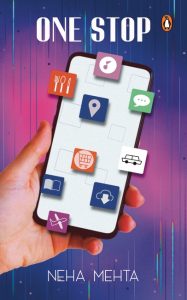
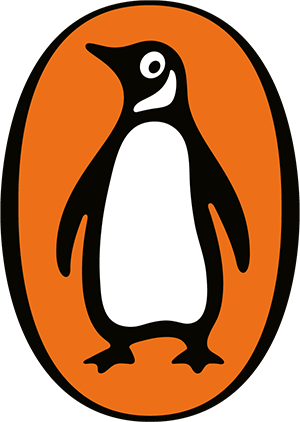






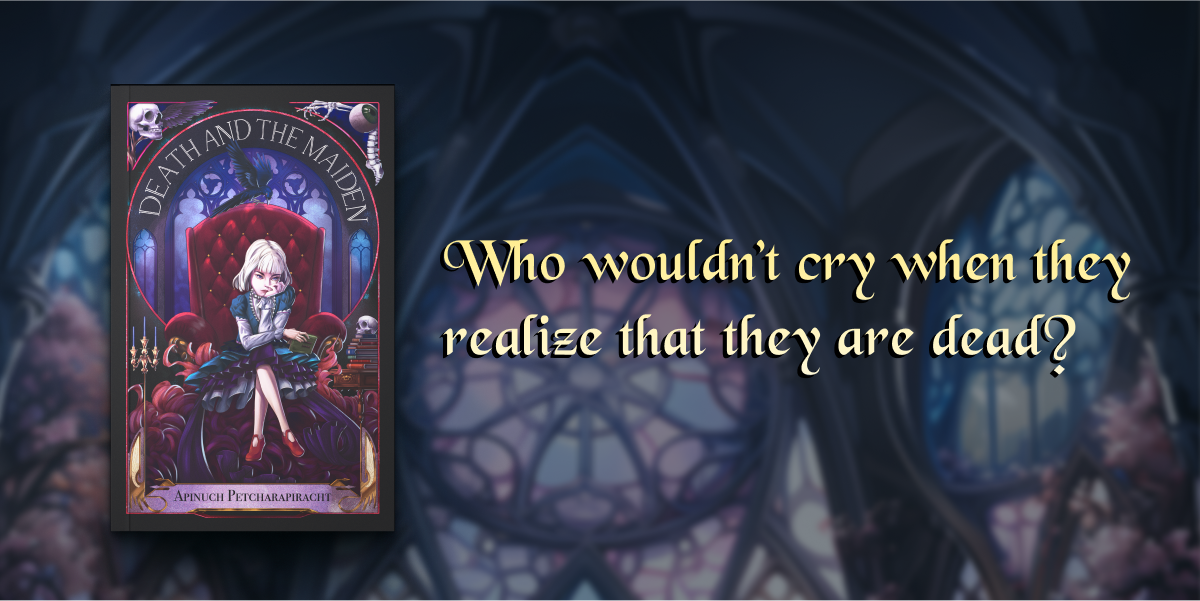
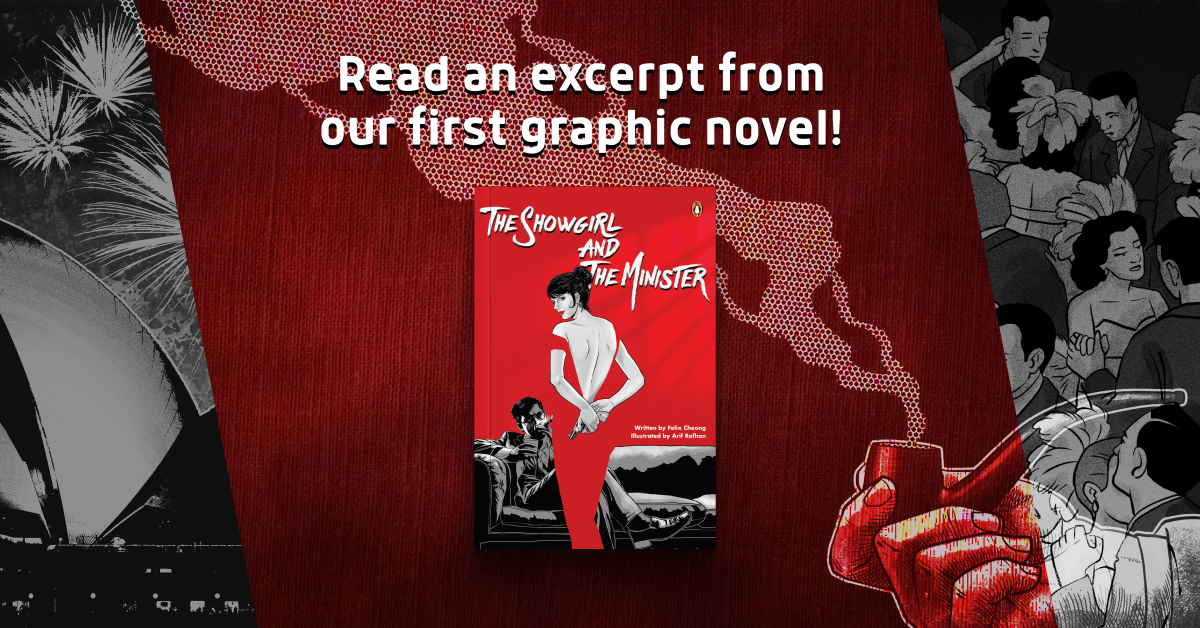
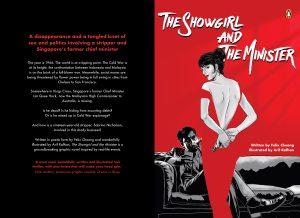
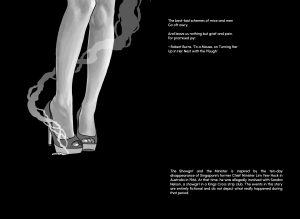
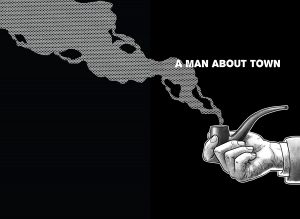

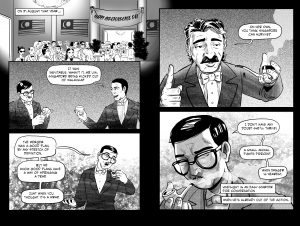
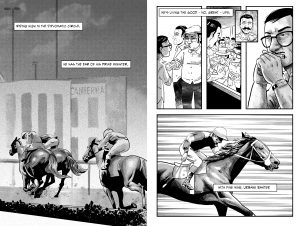
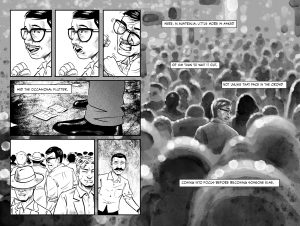
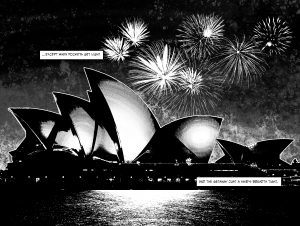
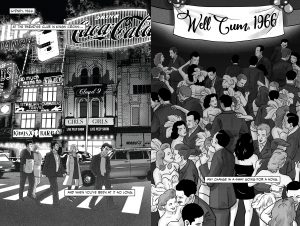
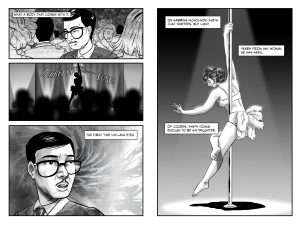
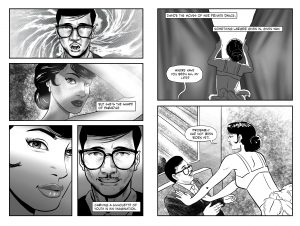
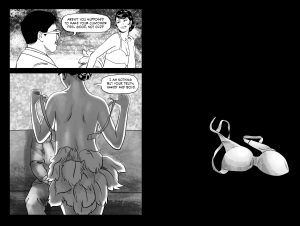
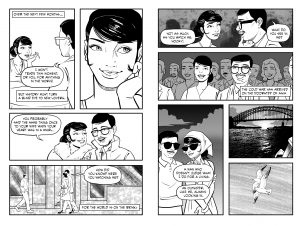
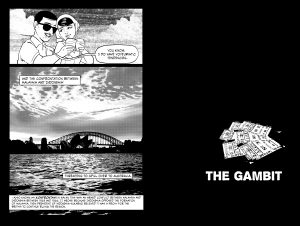


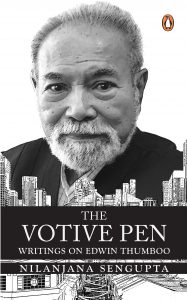

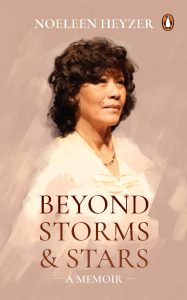
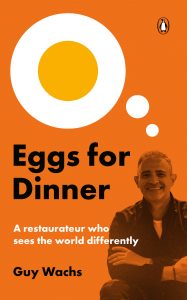

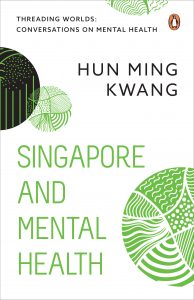
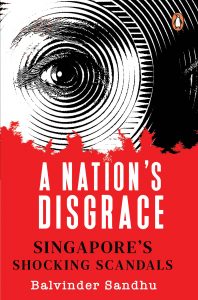
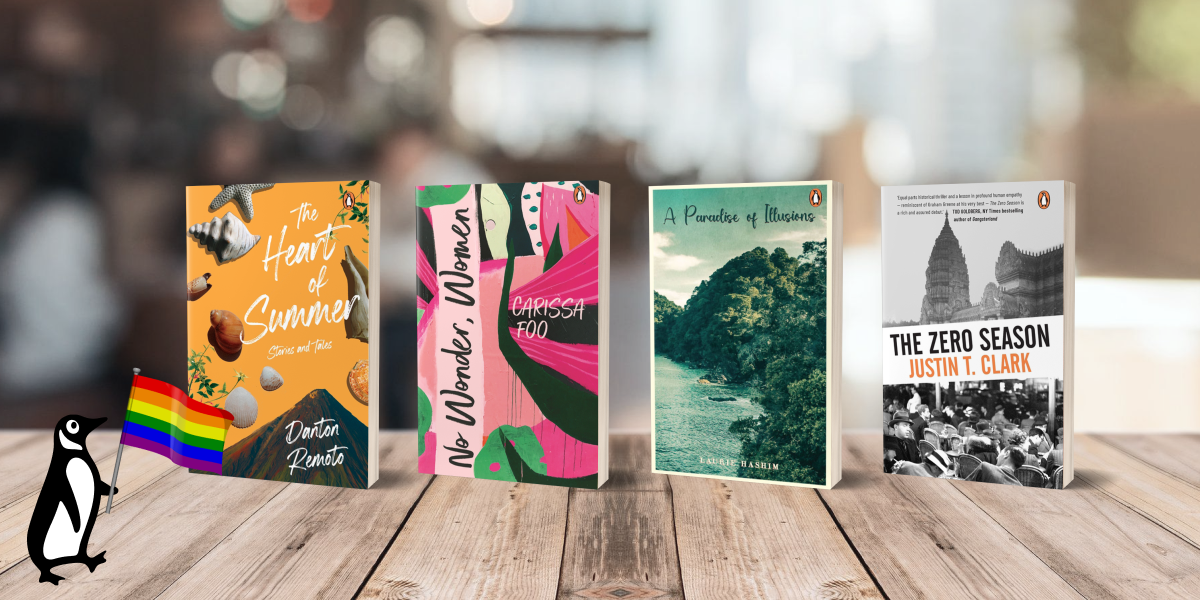

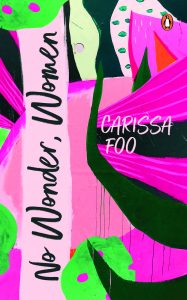
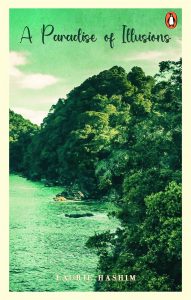
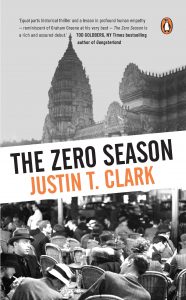
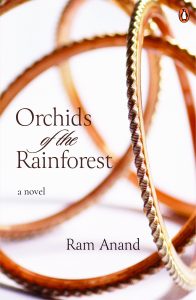
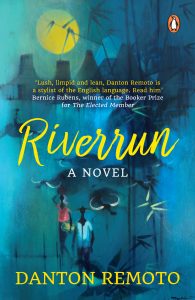
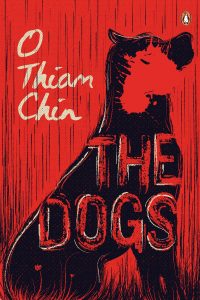
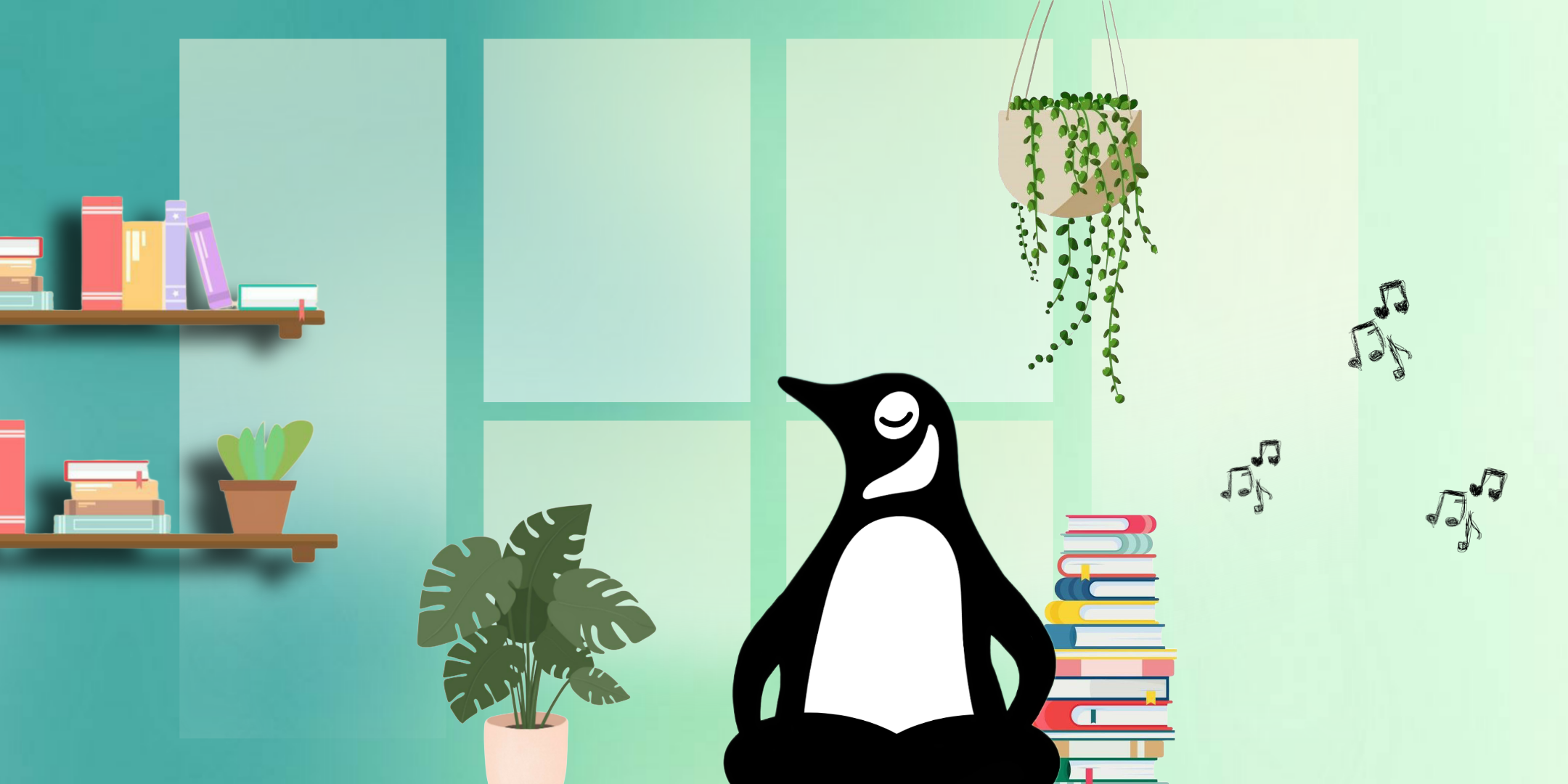
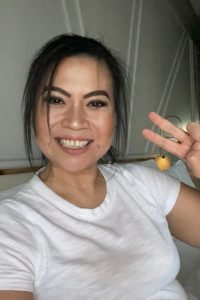 Nora Nazerene shares with us, ‘
Nora Nazerene shares with us, ‘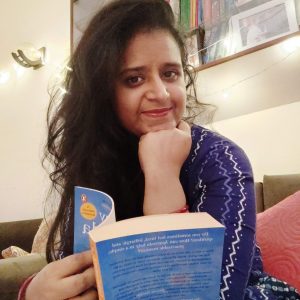 Ishani says, ‘I have frequently found myself drawn to meditation and the at-home prayers routine to find balance and peace. Working in content means ideas and thoughts keep demanding attention, but a growth state of mind is hard to achieve if one is constantly churning in the here and now. My morning or evening prayers, or a meditation session, help me reset everyday. As someone who has recovered from #burnout, I am mindful of anything that disturbs this peace. I highly recommend meditation, especially when you feel you have lost control of the day!’
Ishani says, ‘I have frequently found myself drawn to meditation and the at-home prayers routine to find balance and peace. Working in content means ideas and thoughts keep demanding attention, but a growth state of mind is hard to achieve if one is constantly churning in the here and now. My morning or evening prayers, or a meditation session, help me reset everyday. As someone who has recovered from #burnout, I am mindful of anything that disturbs this peace. I highly recommend meditation, especially when you feel you have lost control of the day!’ Pallavi shares with us, ‘Mental health is a fairly new addition to my understanding of an overall healthy life. All my life, I have had to struggle with body weight issues and to now realise that a lot of it starts from how we feel about ourselves rather than how we appear has been a revelation. Since the epiphany, one of the most important mental health mantras has been to give myself grace. Most of us are our own worst critics, never giving ourselves a break, never taking a moment to appreciate the good we do, and always focusing on our failures and flaws. Giving oneself grace means that we accept who we are as we are, for both the good and the bad, the virtues and weaknesses. Treat yourself as well as you’d treat others means interacting with yourself with kindness and consideration.’
Pallavi shares with us, ‘Mental health is a fairly new addition to my understanding of an overall healthy life. All my life, I have had to struggle with body weight issues and to now realise that a lot of it starts from how we feel about ourselves rather than how we appear has been a revelation. Since the epiphany, one of the most important mental health mantras has been to give myself grace. Most of us are our own worst critics, never giving ourselves a break, never taking a moment to appreciate the good we do, and always focusing on our failures and flaws. Giving oneself grace means that we accept who we are as we are, for both the good and the bad, the virtues and weaknesses. Treat yourself as well as you’d treat others means interacting with yourself with kindness and consideration.’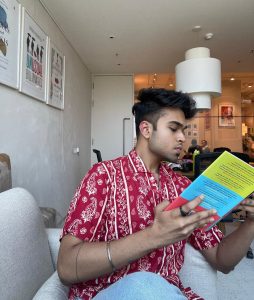
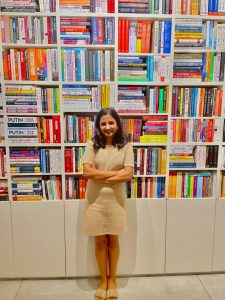 Rupal tells us, ‘Differentiate between big and small battles. Set boundaries. Take the time off. Breathe. Reflect. Restart. These are the few things, or more like actionable points that I have slowly-and-gradually implemented, and it has significantly helped in maintaining a healthy balance at work and personal front. I resort to music, books, coffee and conversations when I am in a loop, and giving yourself a break when your mind gives a hint is the best favour you do on yourself. So take that hint, address it well, soak in that day and take one step at a time.’
Rupal tells us, ‘Differentiate between big and small battles. Set boundaries. Take the time off. Breathe. Reflect. Restart. These are the few things, or more like actionable points that I have slowly-and-gradually implemented, and it has significantly helped in maintaining a healthy balance at work and personal front. I resort to music, books, coffee and conversations when I am in a loop, and giving yourself a break when your mind gives a hint is the best favour you do on yourself. So take that hint, address it well, soak in that day and take one step at a time.’